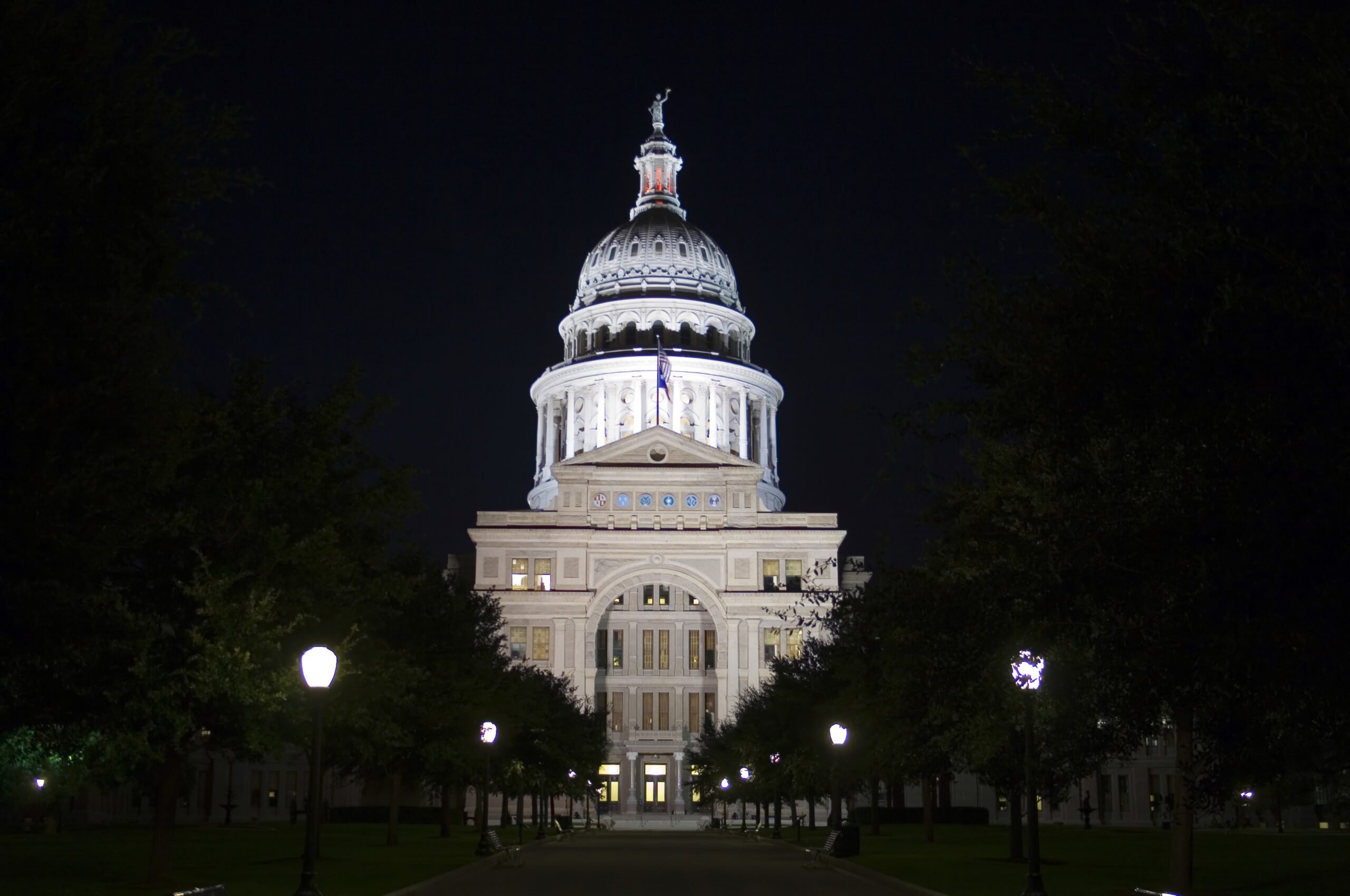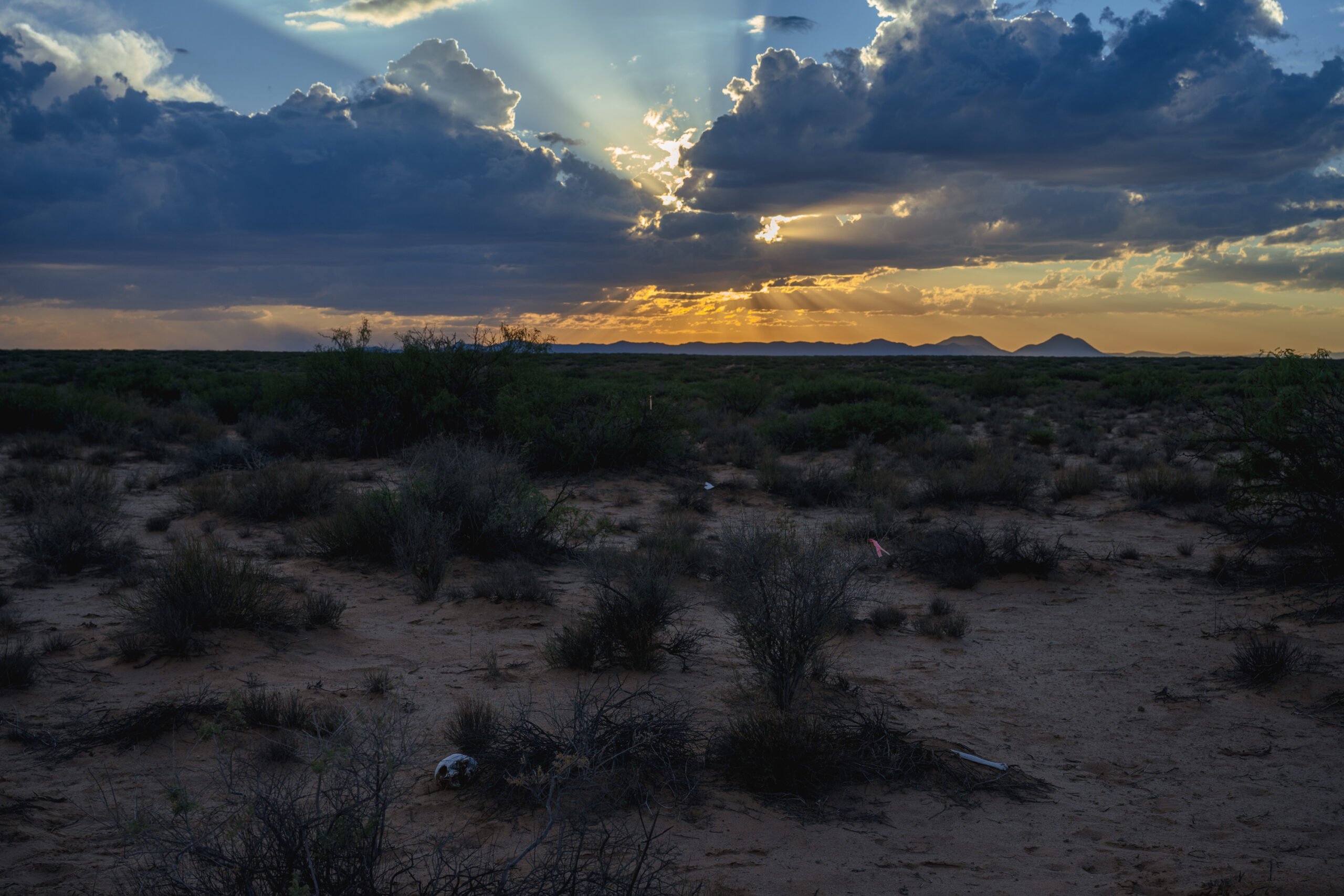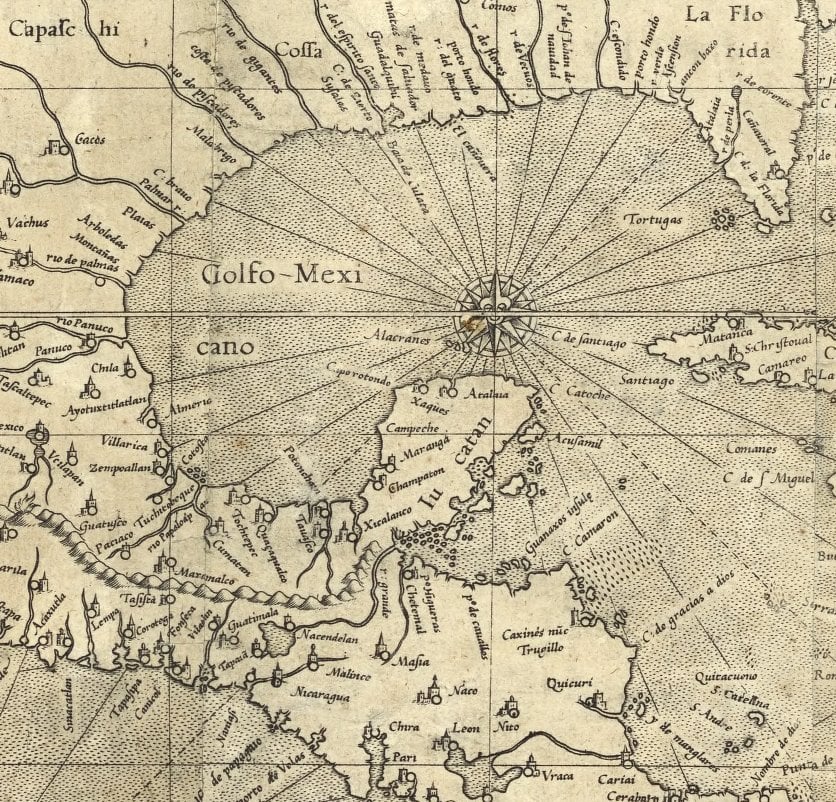Milton Jamail on Joan Kruckewitt
The Death of Ben Linder reviewed
THE DEATH OF BEN LINDER.
Hhaving no desire to recall details of the U.S. government’s efforts to systematically destroy the Sandinistas in Nicaragua during the eighties, I confess that I did not want to read this book. While I’ll never forget the horrors of the Contra war, I’ve tried not to dwell on that sad period. But Joan Kruckewitt’s The Death of Ben Linder forced me to revisit the war in Central America.
Kruckewitt’s book is compelling and well-written, and tells the story of Ben Linder, a twenty-three-year-old from Portland, Oregon, who with his engineering degree in hand went to Nicaragua in 1983 and stayed for three years — which turned out to be the rest of his life. But the book is much more than an account of one North American’s adventures in Nicaragua. The author artfully weaves into the narrative the essential elements for an understanding of the Contra War and U.S. policy in Nicaragua during the eighties. The book vividly recounts events and makes them seem as timely as if they occurred last week.
In the summer of 1983, my wife and I took our infant son, Gabriel, to Nicaragua to be baptized. Although both of us had grown up in the Catholic Church, we had not given much thought to having our children christened. Nicaraguan friends, however, convinced us it would be a good thing to do, and because of the active and progressive role the Church had taken in bringing about social change in that country, we readily agreed. So we packed up our little boy and flew to Managua. During the ceremony, Father Antonio Castro, of the Centro Valdivieso, turned to us and asked if we renounced Satan. Neither of us had attended church on a regular basis in years and were not sure how we should respond. Sensing our hesitation, Father Castro paused and added, “Satan is poverty, exploitation, and injustice.” With that explanation, we renounced the devil and all his minions.
Like Ben Linder, we were excited by the spirit of the Nicaraguan people fighting to rebuild their country after years of pillage by the Somoza dictatorship, and were appalled that our tax dollars were being used to finance the war to crush those efforts. While Linder’s engineering skills would eventually be crucial to his work in Nicaragua, his ability to ride a unicycle and dress as a clown served as a better introduction and endeared him to the people of Managua. “Ben’s humor and easygoing nature helped him to adapt, to accept the confusion and disorganization of Nicaraguan society. Unlike many foreigners, he cheerfully accepted the ambiguities and last minute changes,” writes Kruckewitt. Linder is not portrayed as a hero, but as a dedicated young man infused with the spirit of struggle in Nicaragua, and with a tremendous desire to contribute.
As is the case with many North Americans living overseas for the first time, Linder underwent a conversion of sorts. Brazilian educator Paulo Freire once commented that a person can only know himself in exile. Being outside of the United States allowed Linder the distance to develop a dispassionate view of his own country, and much of what he saw he found disturbing. Although Linder began to be critical of the United States, he knew he would always be a foreigner in Nicaragua. He wondered if he should he stay and help construct a new society in Nicaragua or return to his country and try to change his government’s policy toward Nicaragua. He chose to stay, fell in love with the country, and his commitment to remain grew stronger as family members of his Nicaraguan friends were killed by the Contras. He felt a great need to put his training to use, which to him meant leaving the relative safety of Managua and going into the countryside. Linder was aware that going to El Cuá, in the heart of Contra activity, was dangerous. But he was determined to build a hydroplant to furnish electricity to the isolated community.
“Part of my not writing earlier is because of a lot of soul-searching and feeling cut off from the States. I’m sorry. It became a self-defeating circle of cutting myself off and then feeling cut off,” Ben wrote to his parents from El Cuá. “Risk is accepted or rejected, and I’ve chosen to accept it. I know it’s meaningless to say ‘Don’t worry.’ I want you to know what I’m doing and why I do it.”
The year Ben Linder arrived in Nicaragua, 1983, was smack in the middle of the Reagan administration. As Linder experienced events firsthand in Nicaragua, he began to understand that the administration was painting an entirely different picture of the country and the events unfolding there, for consumption in the United States. U.S. Central American policymakers, such as Elliot Abrams, Jeane Kirkpatrick, William Casey, and George Bush collaborated in this distortion of reality while they collaborated in directing the attack on Nicaragua. From the whole cloth of events, they meticulously patched together stories designed to discredit the Sandinistas. It usually took a couple of weeks for an accurate accounting of events to be disclosed by the media, and within that time the administration would lay out another lie. Once it was that Soviet MIG aircraft had been sent to Nicaragua; another was that the Sandinistas were anti-Semitic. All the while, the United States funded and coordinated military efforts to topple the Sandinistas.
The horrors of U.S. policy in Latin America are brought closer to home when U.S. citizens are its victims. In 1973, my friend Charlie Harmon, a young man very much like Ben Linder, was working with the government of Salvador Allende in Chile, which was committed to making a better life for its citizens. Like Nicaragua in the eighties, Chile in the seventies was the target of a U.S. administration determined to undermine it. Charlie was murdered, and the U.S. government denied involvement and responsibility — in a case very similar to the one portrayed in the film Missing.
Yet U.S. policies have claimed the lives of hundreds of thousands of people in Latin America in the past half century, and few in this country can recall the name of even one victim. In addition to the Contra war and efforts to destroy the Allende government in Chile, the U.S. intervened in Guatemala in 1954 and subsequently supported a military dictatorship over the next thirty years, supported right-wing death squads in El Salvador, invaded Grenada and Panama during the eighties, and for forty years has been involved in an ongoing effort to destroy the government of Fidel Castro in Cuba.
While the pretext for U.S. intervention in Nicaragua was the threat of communism, it was in fact the fear that democracy might actually succeed that threatened the Reagan administration. Poor people, many empowered for the first time, might have lead Nicaragua in a new direction. The Contras were created to destroy the possibility of a popular grassroots democracy taking hold.
Ben Linder came to understand this. After he returned to Oregon for a visit in 1986, his parents realized that their son’s dream of going to graduate school had faded in direct proportion to his vision of providing electricity to rural Nicaragua. As Ben prepared to return to Nicaragua, his father understood that “going home” for his son now meant returning to Nicaragua.
Ben Linder was shot to death in a Contra ambush on April 28, 1987, as he was working to build a small dam near San José de Bocay. In 1994, on the seventh anniversary of his death, Ben’s parents and other family members attended the dedication ceremony of the completed plant.
“The hydroplant is still running. And the lights still shine in El Cuá,” writes Kruckewitt. And many in Nicaragua still remember Ben Linder, el gringo flaquito — the skinny gringo — who shared their dream.
Milton Jamail is a lecturer in the Department of Government at U.T.-Austin. He has written about Central America and the Caribbean for more than thirty years. His book, Full Count: Inside Cuban Baseball is forthcoming in March from Southern Illinois University Press.


